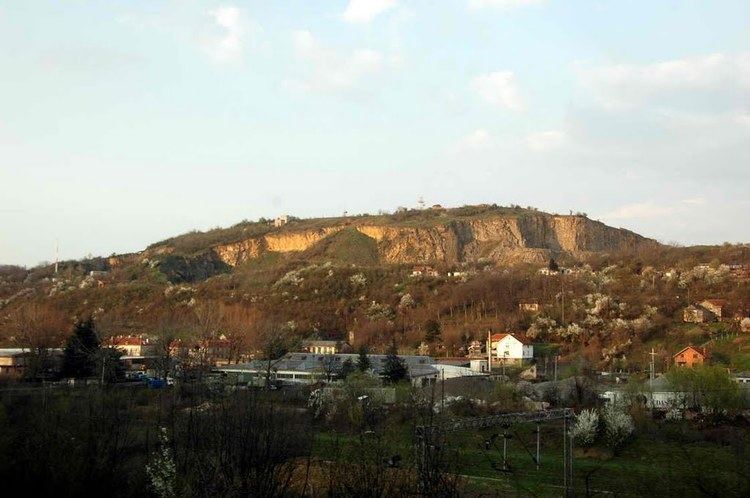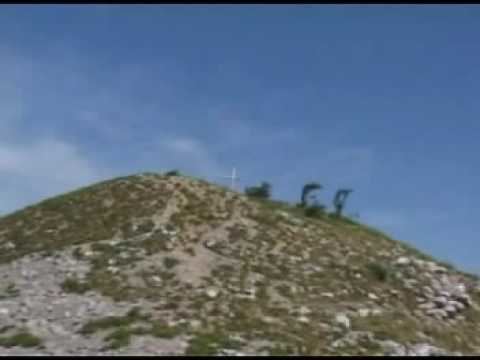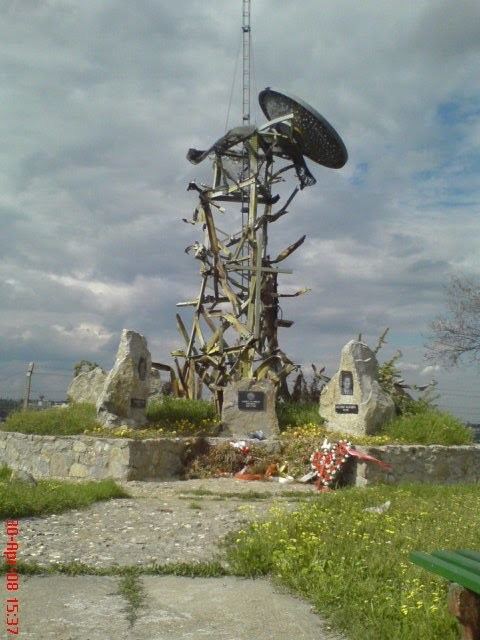 | ||
Tunel stra evica
Straževica (Serbian Cyrillic: Стражевица) is a hill and an urban neighborhood of Belgrade, the capital of Serbia. It is located in Belgrade's municipality of Rakovica. The area was the most heavily bombed part of Belgrade during the NATO bombing of Serbia in 1999.
Contents
- Tunel stra evica
- Stra evica 14 godina posle hq by vidra
- Location
- Military complex
- Transportation
- References

Stra evica 14 godina posle hq by vidra
Location

Straževica is located in the central part of the neighborhood, on the hill of the same name. The neighborhood is small and undeveloped, as the most of the hill is turned into a Belgrade's most important quarry, Kijevo, and on all sides of the hill already developed separate neighborhoods: Kneževac on the north, Jelezovac on the west, Sunčani Breg, Resnik and Kijevo on the south and Labudovo Brdo on the east.
Military complex

As underground Yugoslav military facilities are located here ("Kneževac" underground joint chiefs of staff in war times), the area was heavily bombarded in 1999, almost on daily basis, including some of the largest bombs available at that time (up to 3 tons), which used to shake the entire Belgrade. However, as the underground complex is projected to sustain the force of 20 kilotons, the military facility was intact as it wasn't damaged at all. It is dug underground several hundred meters into the granite terrain with 10 tons-heavy steel doors and includes bio, chemical and radiology filters, working and sleeping premises, depots, etc., plus the radar antenna on the top of the hill. However, some other neighborhoods in the vicinity (most notably Rakovica and Miljakovac) suffered heavy collateral damage from the bombing, while the settlement of Straževica was almost completely destroyed or damaged for the most part, including the Rakovica monastery.

However, the complex is dangerously close to the Kijevo quarry which became operating in 1974. In 1987 the borders of the quarry were set so that it wouldn't endanger the military complex, but the quarry was spreading more and more and in 2006 the army appealed to the government to stop the quarry's growth which resulted in the Ministry of the mining's request to the quarry management to stop the works and restore the area outside of the 1987 borders. However, the new owner of the quarry, Italian company of "Adige Bitumi" continued the works, causing damages to the complex with the underground explosions.
Transportation

The first lane of the "Straževica tunnel", a 745 meters long part of the projected Belgrade's outer beltway (Dobanovci-Bubanj Potok) was dug in January 2007 and the digging of the second lane is to begin soon. Digging of the tunnel began in 1990 but was halted in 1996 and then resumed in September 2004. As the regulations of the European Union do not allow for highways to go right through the middle of the cities' urban tissue (which is the case with the Pan-European corridor X in Belgrade), Serbian government got 3 years to finish the 37 kilometers long beltway, but it apparently will not be completed before 2012.

